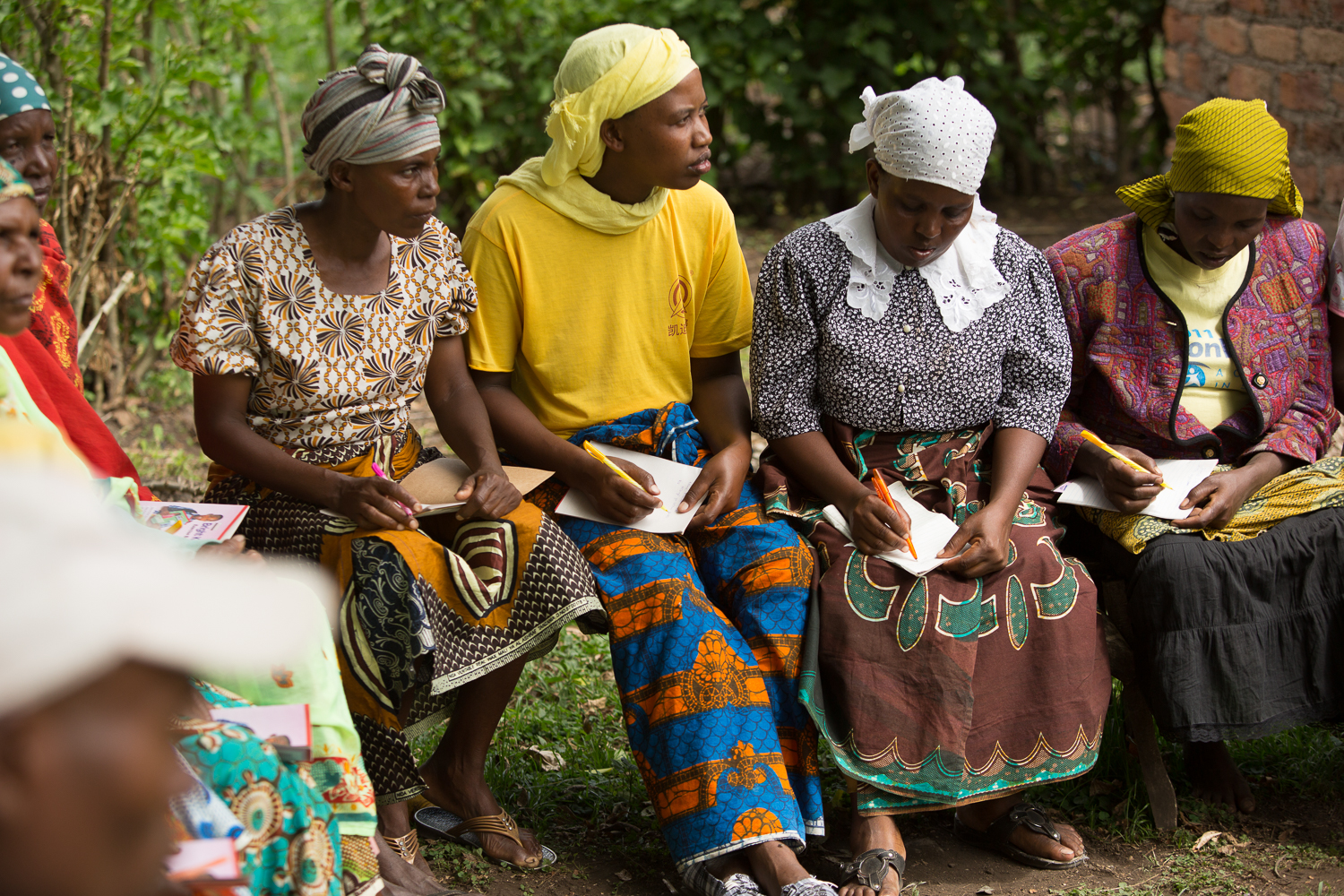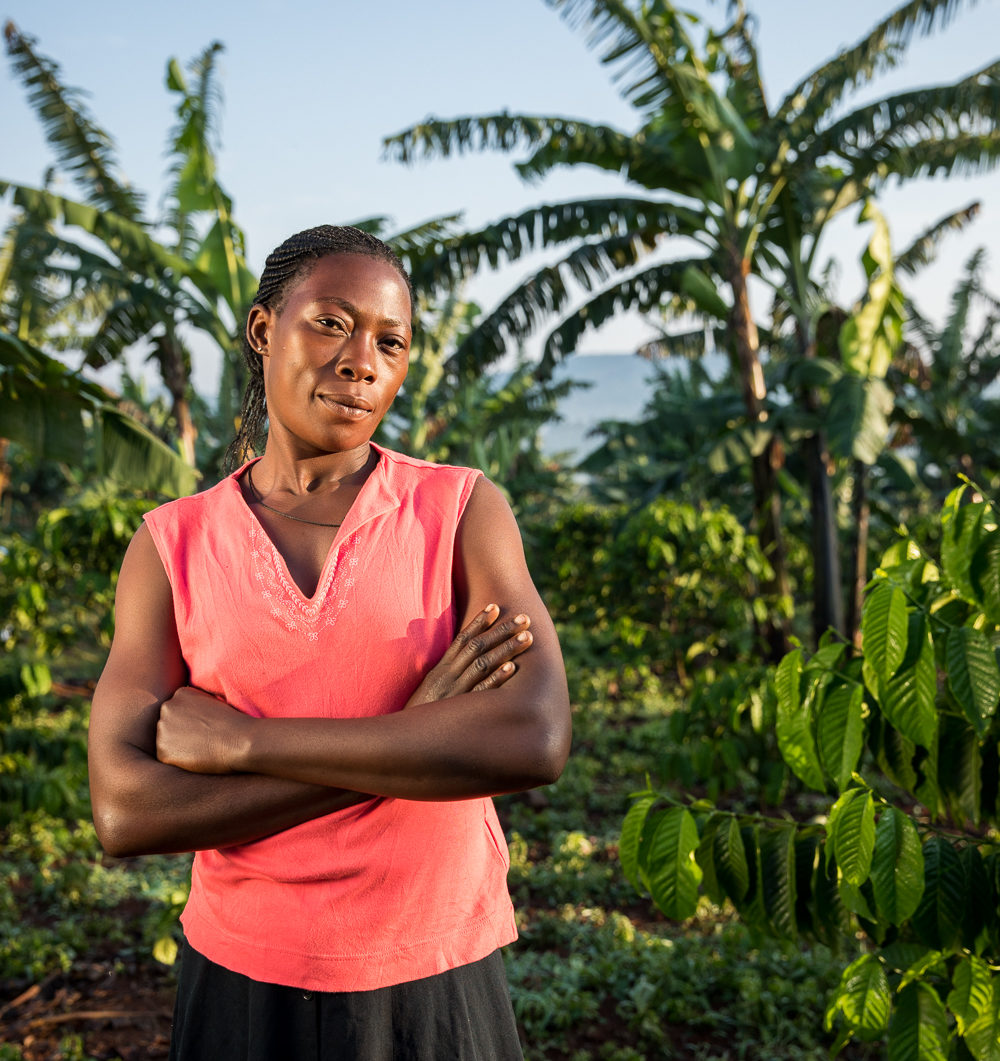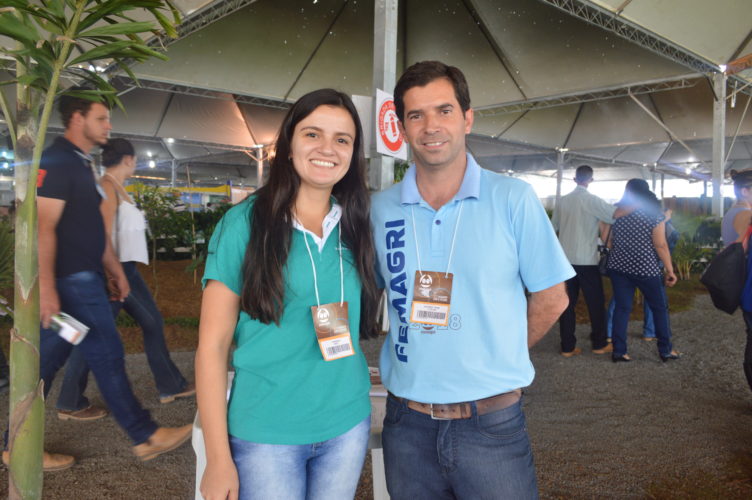coffee&climate agronomist Karina Orellana is holding a bouquet of sunflowers in her hand. Together with her colleague Previn Valdivieso she is visiting Joel Espinoza. Joel is a coffee farmer from Copán, Honduras. “I haven’t been part of a farmer organization and rarely attended to trainings, just like the majority of coffee farmers in the region”, Joel tells. By the beginning of 2016, Joel participated in trainings to improve organizational development and agronomical management as part of the Trinational Program for Specialty Coffee from Hanns R. Neumann Stiftung in Trifinio. Through his eyes, Joel never saw climate change affecting coffee production in Copán. “It was just a few years ago, when I started to notice how the coffee rust and severe droughts started to affect and damage our production and the whole area”, he remembers. This motivated him to search for new alternatives, getting to know the climate-smart agricultural practices (CSA) of the initiative of coffee&climate promoted during one of his outings to a demoplot established by c&c. By then he knew that they need to incorporate adaptation practices and decided to establish new coffee plantations with resistant varieties in 2017. “Some of the things we did was change the distance between coffee planting and introduced new cover crops on our farm”, Joel tells. The distance for planting is usually 2 meters between rows and 1 meter between plants. Joel modified both to 2.5 meters x 0.8 meters each.
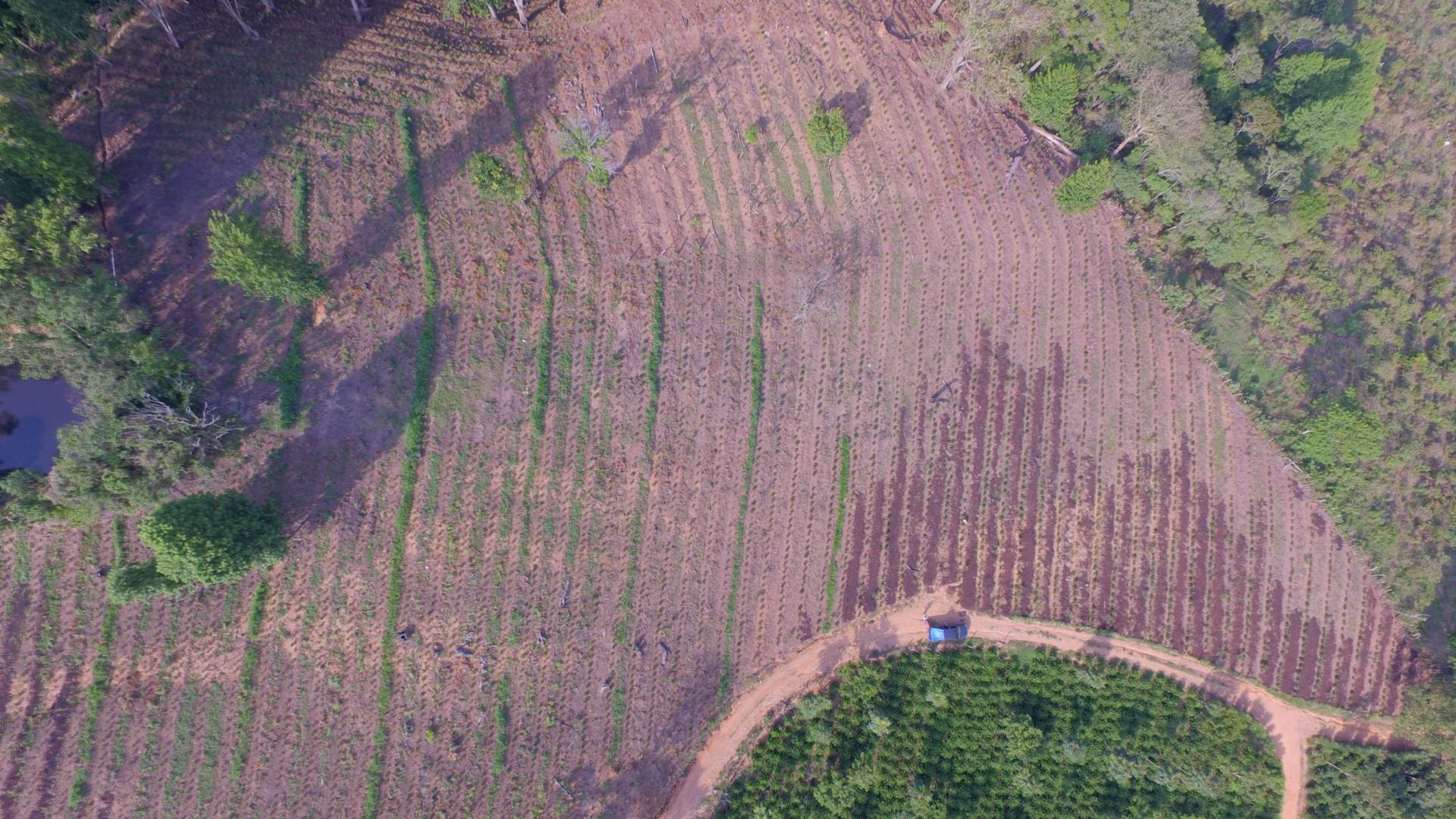
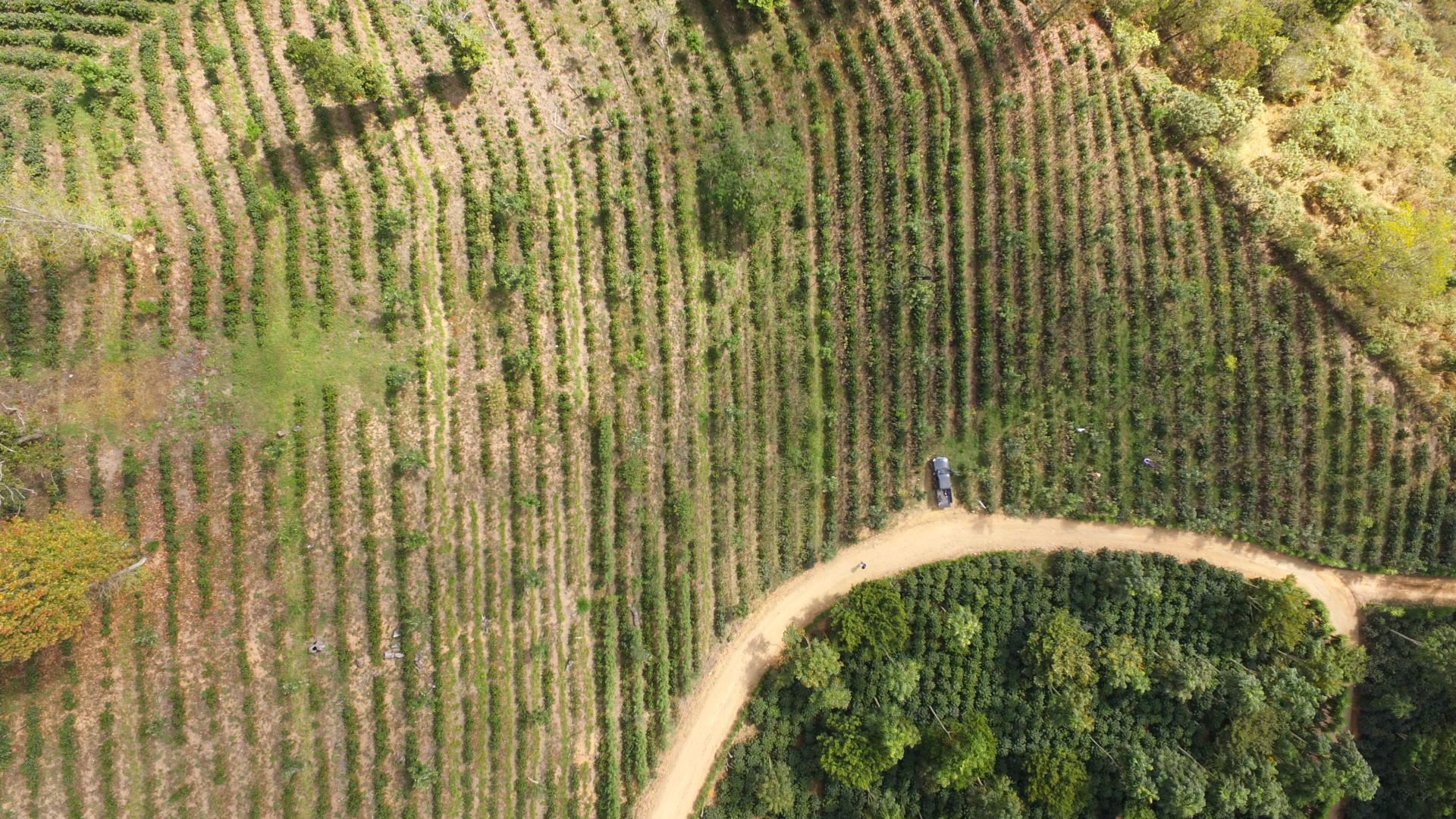
 A variety of colorful flowers came up, including the bright and shining yellow of the sunflowers in Karinas hands. After 130 days in the field, cover crops were cut and incorporated into coffee plantations to protect the soil. The results were impressive! The amount biomass generated per square meter was: Brachiaria – 13 lbs, Crotalaria – 20 lbs, Cajanus – 12 lbs, Tephrosia – 10 lbs y Helianthus – 22 lbs. The following results were obtained after daily recordings of maximum soil temperature. The soil temperature was measured using soil temperature sensors, taken from 5 centimeters deep. “Cover crops will continue to play a fundamental role in our adaptation to climate change”, Joel summarizes his experiences. “They are essential in lower altitudes and especially relevant in highlands during extremely warm seasons.”
A variety of colorful flowers came up, including the bright and shining yellow of the sunflowers in Karinas hands. After 130 days in the field, cover crops were cut and incorporated into coffee plantations to protect the soil. The results were impressive! The amount biomass generated per square meter was: Brachiaria – 13 lbs, Crotalaria – 20 lbs, Cajanus – 12 lbs, Tephrosia – 10 lbs y Helianthus – 22 lbs. The following results were obtained after daily recordings of maximum soil temperature. The soil temperature was measured using soil temperature sensors, taken from 5 centimeters deep. “Cover crops will continue to play a fundamental role in our adaptation to climate change”, Joel summarizes his experiences. “They are essential in lower altitudes and especially relevant in highlands during extremely warm seasons.”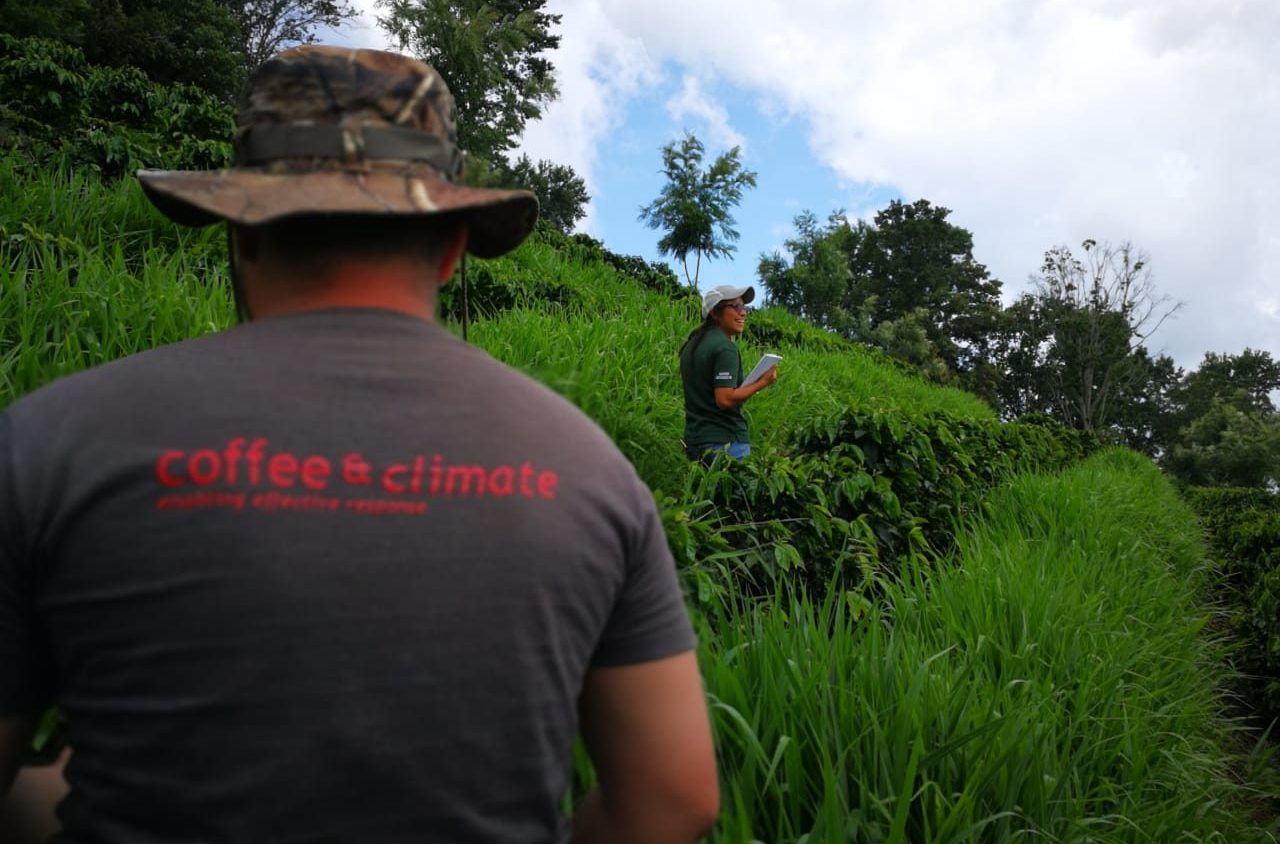
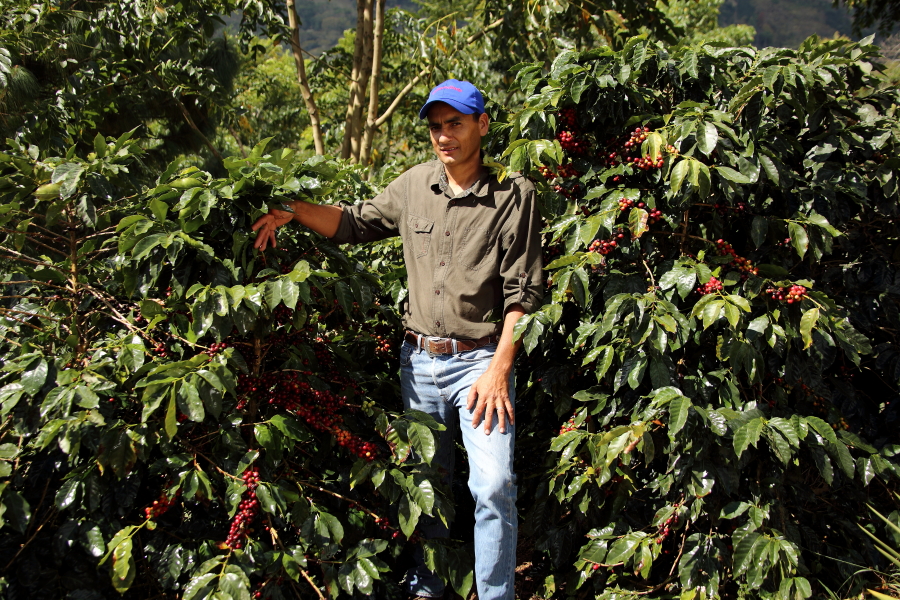
Find out more about the role of cover crops and other CSA-Practices in the coffee&climate toolbox.
How much does it cost to implement cover crops and how to obtain seeds? Read our next blog about Microenterprises, where we further explain about working towards CSA practices.
- Reduction in soil temperature (Because of biomass convertion into mulch)
- Convertion of cover crop biomass into organic matter
- Reduction in the use of herbicides in coffee plantations


